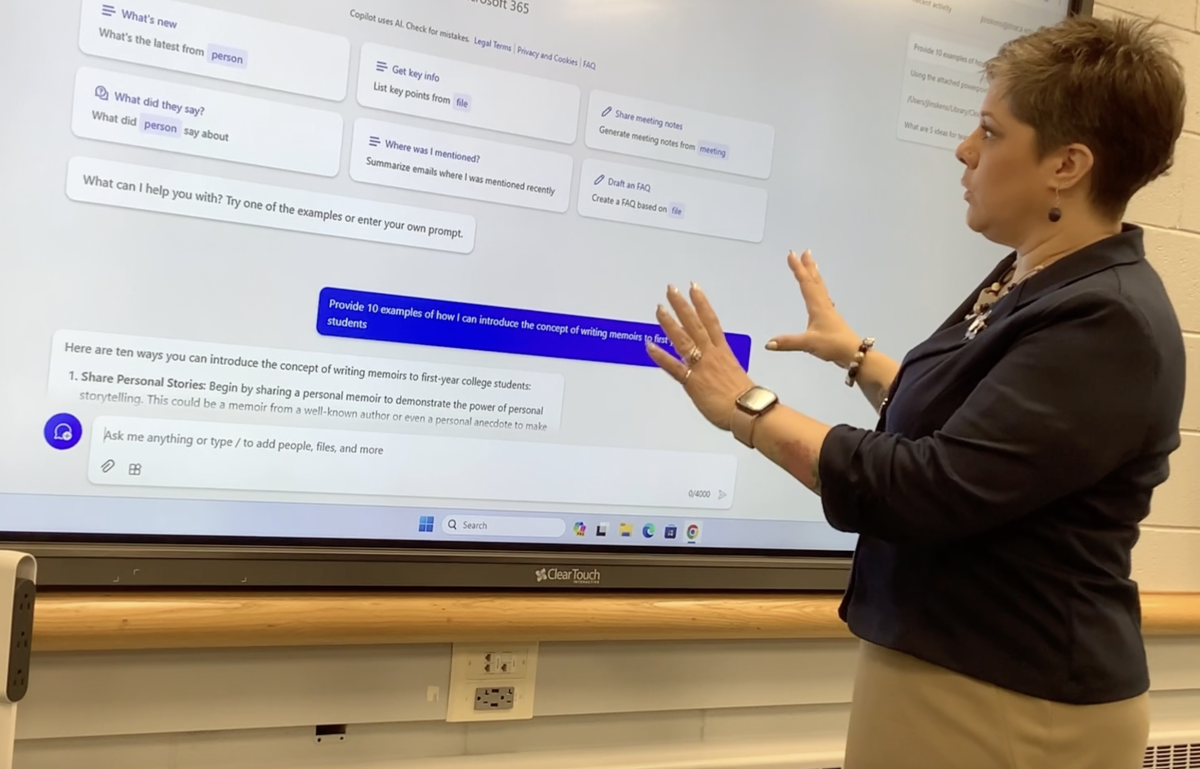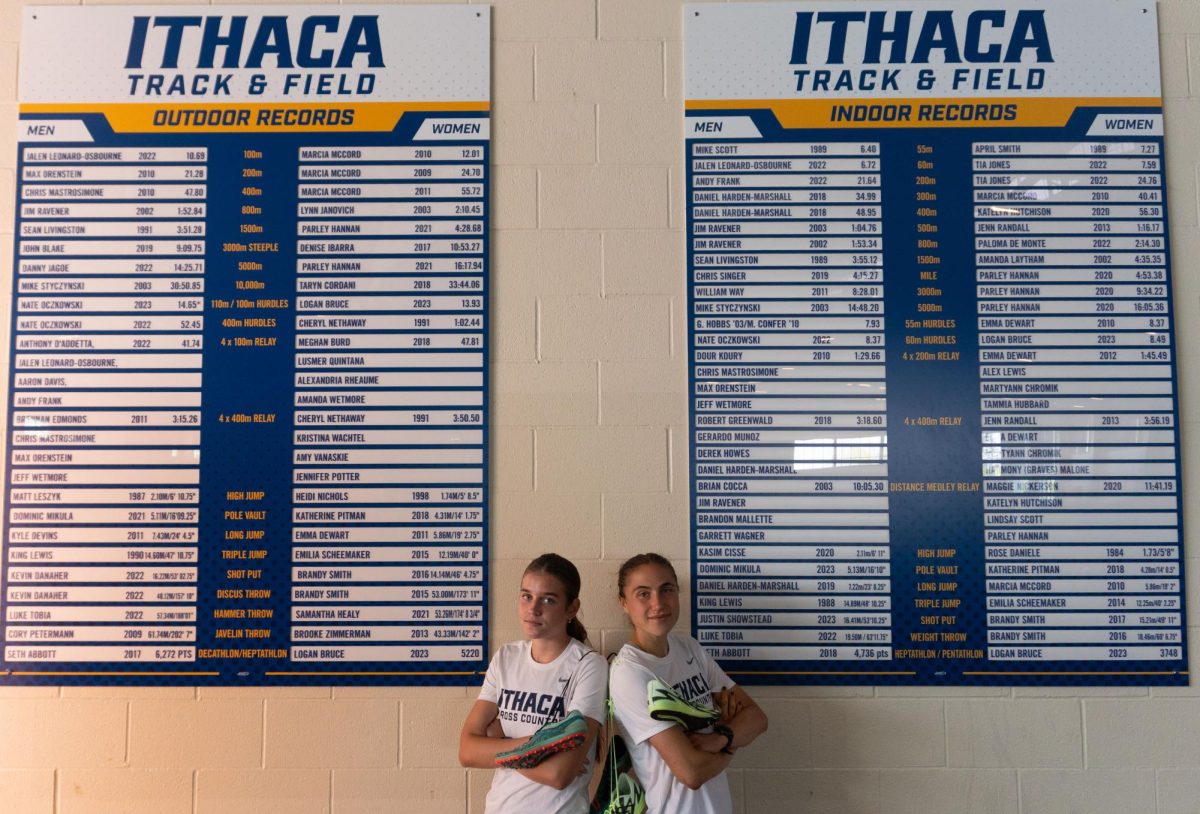Newfield Responds
While the audit only went into detail on the attendance policies of 18 school districts (Syracuse being the only CNY school analyzed), the report did note that the high rate of absenteeism was a statewide trend. In order for a student to be considered “chronically absent,” they must miss at least 10% of school days in a year for any reason, whether it be illness, truancy, or family vacations.
Patrick Mahunik, principal of Newfield High School in Tompkins County, said he wasn’t surprised by the high percentage of students with chronic absences statewide.
“It’s an issue that we need to address across New York State and across the country,” Mahunik said. “It’s not surprising, it’s disappointing, and it’s something that we really need to get a handle on.”
While Mahunik did not have the Newfield School District’s exact percentage of chronically absent students immediately available, he did say that it was below the state average of 19%.

He also described the plan the school put in place to try and mitigate instances of chronic absenteeism in Newfield. Each week, Mahunik gets a list of students with an above average number of absences. A team that includes the school’s counselor, social workers, and psychologist also meets weekly to identify students at risk and create an intervention plan. This could include phone calls home and letters to parents.
Mahunik says that sometimes these interventions can make a big difference.
“Sometimes it’s as simple as a phone call,” he said. “‘Hey, I haven’t seen you in a couple of days. What’s going on? Is everything okay?’ And [they think] ‘Wow, that person cared about me enough to call. It’s not a robocall from a computer, it’s an actual human being. It’s my counselor, it’s my teacher, it’s my principal.’ Sometimes that goes a long way.”
NYSED’s Next Steps

According to the report, the Education Department has only been collecting attendance data from school districts since the 2013-14 school year. Trends in that newly available data prompted NYSED to put out a memo highlighting the importance of tracking chronically absent students, and started requiring schools to submit specific data about chronic absences. However, there isn’t a uniform way that each school takes attendance, which makes it much harder for NYSED to track.
Earlier this year, the State passed a new regulation that will factor school district’s chronic absentee rate into their school climate report.
Mahunik agrees that it’s time for NYSED to make a change.
“State Ed built a reporting system, not a support system,” he said. “So they’re getting the data, and the data is kind of scary. So now they have to take it to that next level. It may be additional funding, or it may be additional programming that we’re going to have to have available to our schools so we can solve the problem that we’re seeing really clearly.”












